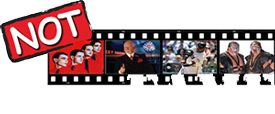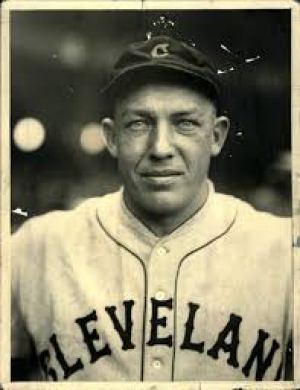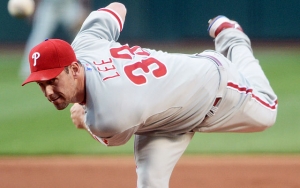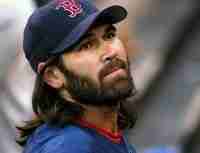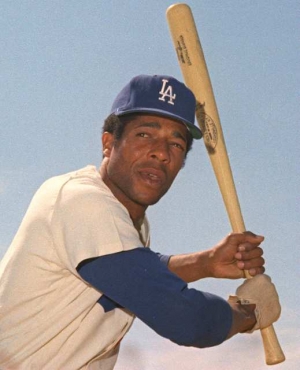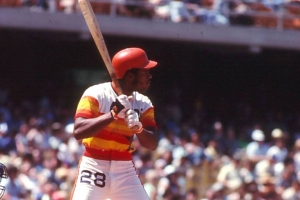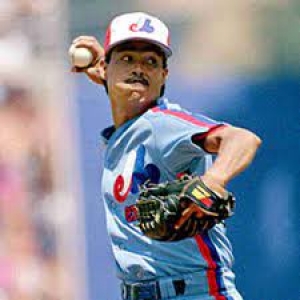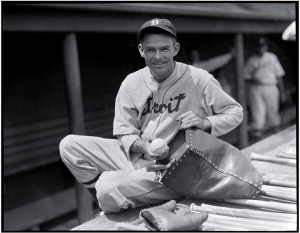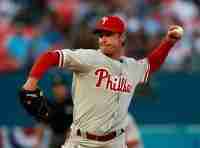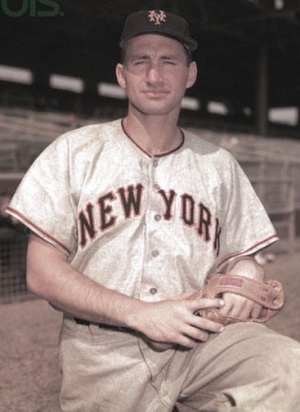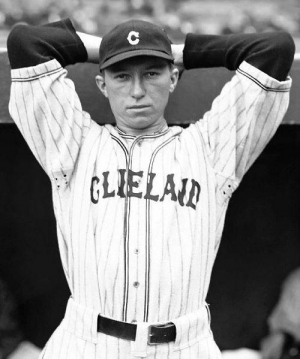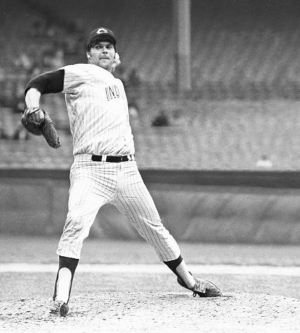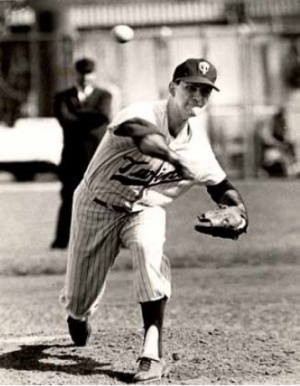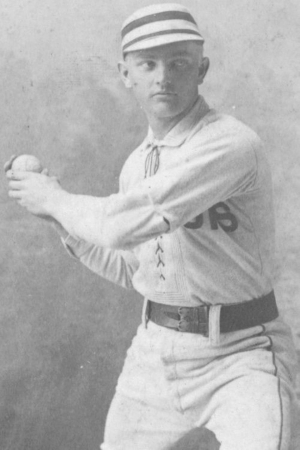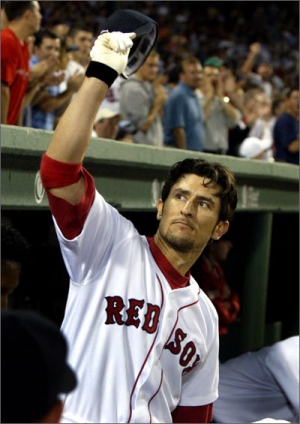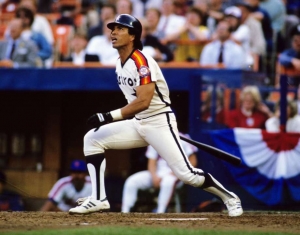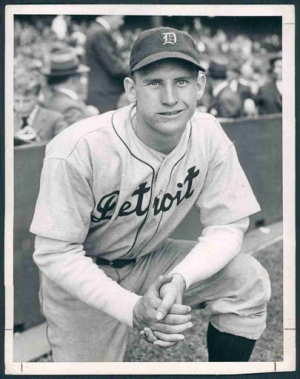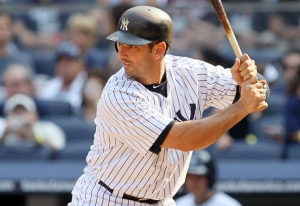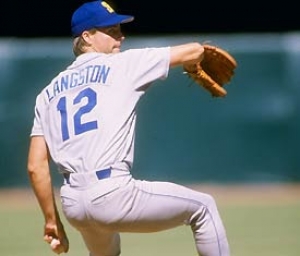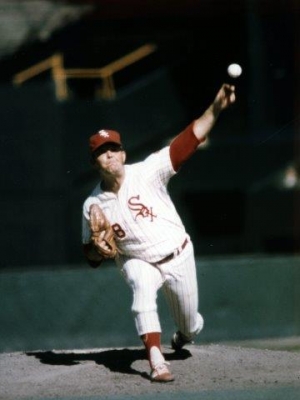Baseball
Established in 1936, and currently based in Cooperstown, New York, the Baseball Hall of Fame may be the most prestigious of any Sports Hall of Fame. Although Baseball may have taken a backseat to Football in recent years, there is no doubt that Baseball’s version of the Hall of Fame is by far the most relevant and the most difficult to get enshrined in. At present, a player has to receive seventy five percent of the votes from the Baseball Writers Association of America, which has proven to be no easy task. Failing that, a player could be inducted by the Veterans committee, though few have been inducted this way. Our list will focus on the players only, and although we could easily do a tally focusing on mangers, broadcasters or other vital personnel, as always it is far more enjoyable to discuss the merits of those on the field as oppose to those off of it.Until Then, Let’s get some peanuts and cracker jacks and cast some votes of our own!
Sincerely,
The Not in Hall of Committee.
One of the most underrated players in Baseball's history has to be George Uhle, a Pitcher who spent most of his career with the Cleveland Indians and won an even 200 Games.
ARIZONA DIAMONDBACKS - TICKET + HOTEL DEALS
Mar 24, 2025
Buy your Tickets to see Arizona Diamondbacks - Ticket + Hotel Deals HERE!
2025 TORONTO BLUE JAYS - TD EXECUTIVE SUITES
Jan 01, 1970
Buy your Tickets to see 2025 Toronto Blue Jays - TD Executive Suites HERE!
2025 TORONTO BLUE JAYS FLEX PACKS
Jan 01, 1970
Buy your Tickets to see 2025 Toronto Blue Jays Flex Packs HERE!
2025 SEATTLE MARINERS FLEX MEMBERSHIPS
Jan 01, 1970
Buy your Tickets to see 2025 Seattle Mariners Flex Memberships HERE!
Cliff Lee was known for his methodical pitching style, but it was an effective one.
Johnny Damon came close to getting to the 3,000 Hit mark in his career (2,769) and did have other decent career numbers with 235 Home Runs, 1,139 Runs Batted in, and 408 Stolen Bases. Damon was also a very popular figure who won two World Series (one in Boston and one in New York), but a look at his individual campaigns show that of a statistical compiler, as he never had a top ten MVP season, only made two All-Stars, and only was in the top ten in WAR for Position Players once. Throw in his sub .800 career OPS…
Willie Davis played most of his career with the Los Angeles Dodgers, where he did an excellent job at the top of the order and defensively in Centerfield.
Cesar Cedeno played the first twelve of his seventeen-year career with the Houston Astros, and it was there where he established himself as one of the best baserunners of the 1970s.
Historically speaking, one of the most important Pitchers in Latin America is Dennis Martinez, and he was also one of the most tenured.
A two-time World Series Champion with the Detroit Tigers (the only team he ever played for), Tommy Bridges was a major force in that first championship, winning two games in the Fall Classic. The curveball specialist led the AL in Strikeouts twice and won twenty games three years in a row (1934, 1935 & 1936). Bridges was also a six-time All-Star. Overall, Bridges would have a record of 194-138 with 1,674 Strikeouts.
Wine and scotch got better with age, and for years the sporting world thought Jamie Moyer did too. He holds multiple pitching records in regards to the oldest pitcher to do (insert accomplishment here) and is one of the rare players to have competed in four decades.
Alvin Dark had an excellent start in baseball, as he was the Rookie of the Year in 1948 with the Boston Braves. He was a huge part of Boston’s surprise run to the World Series (they lost to Cleveland), but he was traded to the New York Giants two years later, which proved beneficial for both sides.
A Cleveland Indian for his entire career, Mel Harder debuted for the Tribe in 1928, where he was used in relief in his first two seasons when he was on their main roster and not in the minors.
Sam McDowell had one of the most unimposing, yet correct nicknames. When you hear the name "Sudden" Sam, you aren't sure what to think, but what does a "sudden" Pitcher mean? For McDowell, it is in reference to his rapid delivery and the strong odds that he would strike you out.
Camilo Pascual left Cuba in 1951 at the age of 17, and a year later, he was part of the Washington Senators farm system. Pasucal was impressive, and he made the main roster in Washington in 1954.
Silver King is quite the name, isn't it? This was the name of the man whose birth certificate stated, Charles Frederick Koenig, but doesn't this name sound more fun?
There was a time when Nomar Garciaparra owned the city of Boston. The “Nomah" chants rocked Fenway, and he was, at one point, one of the most well-known baseball players around in the game.
In the late 1970s, and early 1980s, the Houston Astros had put together a good team, but they did not see a lot of National attention, as they had never won anything of note before. Those who were paying attention to Houston couldn’t take their eyes off their Puerto Rican Outfielder, Jose Cruz.
When you have a name like Dizzy Trout, you expect that you have a unique and colorful character on your hands. Trout fit the bill, and while the validity of many of the stories surrounding him might not be valid, he was unquestionably an excellent Pitcher.
In the last half of the 1990s, the New York Yankees built a dynasty that would win four World Series Championships in five years. Jorge Posada missed the first one (1996), as he was not a part of the post-season roster, but the Puerto Rican Catcher would see his playing time rise, and he earned Rings with New York in 1998 and 1999.
Mark Langston was one of the most underrated flamethrowers in baseball history, and let’s give him a bit of due here.
Wilbur Wood began his first five seasons in the Majors with Boston and Pittsburgh, but he did not accomplish much of note. He was traded to the Chicago White Sox in 1966, and after a year in the minors and developing the knuckleball, he would become one of the better Pitchers in ChiSox history.
